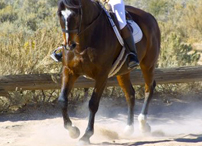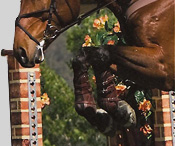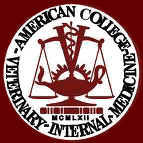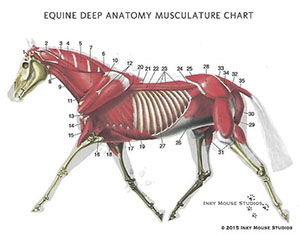



"Building healthy partners"
Balance and Performance

Over the years we have bred horses to be balanced to best suit their intended use. When you choose a horse, consider your equestrian discipline.
Draft horses were built to pull – they are very “uphill” with short, strong high set necks, powerful shoulders and weaker hindquarters.
Quarter horses are built to work cattle – they need to keep their heads low and turn with exceptional speed and quickness from the hindquarter – therefore they are quite “downhill” with tremendous power in the sacrum, hip and thigh to dig in, turn and go.
Thoroughbreds are built to run – they are a more level breed, but frequently have a croup that is slightly higher than the wither.
The arab is the ultimate long distance athlete – generally beautifully balanced front to back, but with lean muscle mass and a relatively straight shoulder, making them extremely efficient at moving across the ground, but not well suited to elevating the wither or forearm.
The warmblood breeds have been developed to have a combination of elevation and length. They are balanced generally uphill, with a neck that comes out of the wither relatively high, a moderately sloped shoulder, and a very powerful sacrum and pelvis.
And don’t forget, the horse in motion always trumps the horse standing still. For example, consider a “downhill” quarterhorse with contracted heels in front but a strong, symmetrical, well conformed pelvis and hind limbs. The contracted heels and forehand balance may predispose this horse to foot lameness. However, if the horse is trained to move with impulsion from behind, raise the withers and engage the core, this will result in an overall “lighter” movement, and reduce concussive force on the heels. The result: forelimb lameness resulting from imperfect conformation may be avoided.
Your horse’s overall balance is extremely important in maintaining athletic longevity and compensating for conformational defects in the lower limbs. However, training that develops excellent core strength and flexibility can greatly enhance the horse with less than ideal balance. Here is the bottom line: stand back and look at the whole picture, the entire horse, not just the offset knee, or base narrow stance, or turned out toes. If you develop your horse’s entire body to be strong at the center and balanced from front to back, you will successfully overcome the majority of his/her conformational problems.
Call today toschedule your Fall Clinic appointment! HighDesertEquine.com
Building Healthy Partners
© High Desert Equine
PO BOX 60730
RENO NV 89506
EMERGENCY (775) 742-2823 OFFICE (775) 969-3495
FAX (775) 969-3923





